-
The president was - technically - on the money with claims about the post pandemic economy, investment pledges, job creation and Eskom power imports.
-
He was mostly correct about South Africa’s dependence on coal and the dysfunction in the country’s municipalities.
-
But a claim about the impact of the social wage on the budget missed the mark. And as we found out, placing the claims in context paints a different picture.
President Cyril Ramaphosa’s seventh state of the nation address eventually took off, having been bogged down by numerous points of order from the opposition.
It is a script that South Africans have only become too familiar with: having struggled to maintain order, the speaker eventually reached the end of her tether and threw many out.
When the dust had settled, Ramaphosa sought to rouse a country battered on many sides by various challenges, which he identified as load shedding, unemployment, poverty, crime and the rising cost of living.
But in outlining how his administration would tackle these, did the president get his facts right? We took a closer look - and found that while on the surface, the president was accurate most of the time, the devil really is in the details.
For example, while hundreds of thousands of jobs have been added in recent months, there are still fewer jobs than before the Covid pandemic.
Or take his claim that hundreds of billions have been raised from the country’s flagship investment conferences in recent years. This is correct, but as an expert told us, they are still only pledges.
Note: We will update this report as we compare more claims to the facts - so be sure to keep checking back.
Conceding that the country faced several difficulties, Ramaphosa pleaded for reflection. South Africa was recovering, he said. For example, the country’s economy “is larger than it was before the pandemic”.
The size of a country’s economy is often measured by its gross domestic product, or GDP. This refers to the total monetary value of goods and services produced, usually within a year.
According to Statistics South Africa, the country’s data agency, South Africa’s GDP was R1,161 billion (R1.16 trillion) in the third quarter of 2022. This is the latest data available, measured in real GDP, which accounts for the effects of inflation.
This is larger than the GDP before the pandemic, which was R1,152 billion (R1.15 trillion) in the fourth quarter of 2018.
As further evidence the country was on the right path, Ramaphosa said that between the third quarter of 2021 and the third quarter of 2022, “around 1.5 million new jobs were created”.
According to Statistics South Africa, there were 14.28 million jobs across industries in the third quarter of 2021.
By the same quarter of 2022, this figure had increased to 15.765 million, an increase of 1.483 million jobs.
There has been a relatively rapid recovery in employment numbers, Dr Neva Makgetla, a senior economist at Trade and Industrial Policy Strategies, an independent research institution based in Pretoria, told Africa Check.
But it’s also important to note that there are still fewer jobs than before the Covid-19 pandemic, she said. In the fourth quarter of 2019, shortly before the pandemic, Stats SA reported that there were 16.42 million jobs. This figure was 16.38 million in the first quarter of 2020, when the pandemic began.
This is an overall decrease of 618,000 jobs between the first quarter of 2020 and the third quarter of 2022, the latest data available.
To mitigate South Africa’s energy crisis, the country’s power utility Eskom has said that imports from neighbouring countries are a way to supplement its generation capacity.
In September 2022, Eskom launched three power purchase programmes, “to procure much needed power for the national grid” from these countries.
In January 2023, the National Energy Crisis Committee or Necom, a body created by the president to coordinate the response to the crisis, released a progress report. It lists one of the government’s achievements to date as the “additional 300 Megawatts of power” imported from neighbouring countries.
But how does this compare to South Africa’s electricity needs? That same month, Eskom said in a statement that it currently has a generation capacity deficit of 4,000 to 6,000 MW.
The 300 MW import announced by Ramaphosa therefore plugs only about 8% of the gap.
Although this figure did not seem like a lot, “every little bit counts”, energy analyst Chris Yelland, told Africa Check.
The country’s electricity crisis dominated Ramaphosa’s speech. Fixing Eskom’s coal-fired power stations was crucial if the country’s lights were to remain on, he said.
These coal-fired power stations “provide 80%” of South Africa’s electricity, the president claimed.
South Africa’s high dependence on coal for its energy needs has been widely documented.
But the country has also increased its use of renewable energy - from 0.3% in 2013 to 6.1% in 2021, according to a report published by Stats SA in 2021.
Given this, is the president’s claim accurate? Yes - that same report, which focused on the country’s electricity, gas and water supply industries - showed coal contributed 86% of the country’s total electricity production in 2021.
The poor performance of many local governments was concerning, the president said. Of South Africa’s 257 municipalities, 163 were dysfunctional or in distress, he claimed.
South Africa is divided into eight metropolitan municipalities, 205 local municipalities and 44 district municipalities.
The department of cooperative governance and traditional affairs, or Cogta, oversees local governments.
In August 2021, the department presented a state of local government report to parliament. This categorised municipalities based on their political situation, state of governance, financial management and level of service delivery.
Based on these indicators, 64 municipalities were considered high-risk and dysfunctional, while 111 were said to be medium-risk. Only 16 municipalities were considered stable.
The report also showed that 163 municipalities were in financial distress.
|
Status of South Africa’s Municipalities in 2021 |
||||
|
Status |
Dysfunctional |
Medium Risk |
Low Risk |
Stable |
|
Number of Municipalities |
64 |
111 |
66 |
16 |
|
Total |
257 |
Source: Cogta
This data was the latest available, Cogta spokesperson Lungi Mtshali told Africa Check. “There is no official update yet”.
The next report will likely be published in August 2023, he said.
Defining dysfunction
“Many stakeholders define functionality differently,” South Africa’s Financial and Fiscal Commission notes. An independent institution, it makes recommendations to government organisations on financial matters.
In a 2020 policy brief, the commission said there was “a lack of a common, government-wide definition of a dysfunctional municipality”. It recommended that a definition should recognise that “many municipalities are neither functional nor dysfunctional, but somewhere in between”.
The South African Investment Conference, launched in 2018, aims to promote the country locally and globally as an investment destination and trade partner.
Announcing the initiative during his 2018 state of the nation address, Ramaphosa said: “We are aiming through the Investment Conference to generate at least US$100 billion in new investments over the next five years.”
The exchange rate at the time meant the target in the local currency translated to R1.2 trillion.
In his 2023 state of the nation address, the president said investment was essential to growing the economy and creating jobs.
In line with this, Ramaphosa claimed that in 2022, “the 4th South Africa Investment Conference raised R367 billion in investment commitments.”
This, he said, brought the government's five-year investment target of R1.2 trillion “firmly within sight”.
At the fourth investment conference in March 2020, Ramaphosa said that investment commitments from the previous three conferences reached R774 billion.
Together with the R367 billion from the fourth conference, the total investment commitment comes to R1.14 trillion, well on track to meet the target of R1.2 trillion by the end of this year as claimed.
‘Talk is cheap, money buys the whiskey’
But “pledges are simply that: pledges”, Jannie Rossouw, professor of economics at Wits Business School, told Africa Check.
“It does not imply that investment will necessarily follow.”
A report on the actual investment would be more useful, Roussouw said.
As the Daily Maverick notes, the investment pledges are over the course of a few years so it doesn’t mean that South Africa suddenly comes into a “windfall of investment”.
“A final investment decision is generally taken after months or even years of number crunching, risk assessment, and massive legal and consulting bills."
It was the job of the state to provide a minimum level of protection for its citizens, Ramaphosa said.
In South Africa, where millions receive some form of income support from the government, this meant “around 60%” of the country’s budget was spent on the social wage, he said.
The social wage refers to several government spending programmes meant to provide social support, including “health, education, housing, social protection, employment programmes and local amenities”.
South Africa’s 2022 budget review notes that “spending on the social wage had risen” from 58.2% to 59.5% of consolidated non‐interest spending between the 2019/20 and 2021/22 financial years.
The social wage is also expected to make up 59.4% of planned non-interest spending over the next three years (that is, the financial years 2022/23, 2023/24 and 2024/25).
Non-interest spending is all spending excluding the money which the government owes as interest on its debts, as well as other costs “directly associated with borrowing” (such as actual debts themselves).
It’s all in the detail
Ramaphosa omitted this seemingly minor but important detail from his claim: in 2022, these “debt-service costs” amounted to around R300 billion.
When looking at all consolidated spending therefore, the social wage made up 51.8% of the budget in the 2021/22 financial year.
In November 2021, the national treasury warned South Africa’s parliament that should the population (and with it the need for social support) continue to grow, “the increased spending required from the government will place pressure on fiscal sustainability”.
Opposition politicians have also taken high social spending as a sign that South Africa is “approaching a breaking point” beyond which it will not be able to continue to pay for these social programmes.
In addition to his claim about how much the social wage costs South Africa, Ramaphosa also said that “there are more than 25 million people who receive some form of income or support from the state”.
There are just over 60 million people in South Africa, according to Stats SA’s 2022 mid-year population estimates. If Ramaphosa’s figure is correct, that means just over 40% of the country receives some social support from the state.
The South African Social Security Agency (Sassa), the department responsible for administering social grants, said there were 11,701,581 grant recipients as of December 2022. This is an estimated 19.5% of the population.
But according to the national treasury “nearly half of the population currently receives at least one social grant from the state”.
So, are there an extra 18 million (or more) people receiving income from the state? And what form does it take?
The answer may lie in a grant that Sassa doesn’t track in its regular statistical reports.
In May 2020, in response to the Covid pandemic, the government introduced the special Covid-19 social relief of distress grant. Initially meant to last only six months, it has since been extended several times, most recently until March 2024.
Sassa said in its 2021/22 annual report that the grant “brought in new beneficiaries amounting to more than 10.2 million at the end of March 2022”.
In addition to the 11.7 million people receiving other social grants, the total number of South Africans that receive some form of support from the state is roughly 21.9 million - about 36.5% of the population.
We asked the presidency for the source of their number and will update this report with their response.
This figure will drop significantly when the special Covid-19 grant comes to an end.
A title deed is a legal document which proves that a person owns a particular residence or piece of land.
The title deed “backlog” referred to in the claim is the gap between the number of South Africans provided with government-subsidised housing (or granted ownership of housing built before this programme began in 1994), and those who actually have a title deed for that housing.
In the coming year, the government would focus on eradicating this gap which currently stood at over one million, Ramaphosa said.
On the same day the president gave his speech, the parliamentary portfolio committee on human settlements in a media statement said it was disappointed that “1,193,222 title deeds” still needed to be given to beneficiaries.
If this figure is correct, then the backlog has changed little in the past decade. In 2013, the department of human settlements (DHS) estimated that it stood at just over one million title deeds.
In 2017 the figure was lower, with the DHS calculating the backlog at just over 800,000 deeds. This included deeds to both pre-1994 housing stock and government-subsidised housing built since then.
Little clarity from the housing department
Nozipho Zulu, chief director of communications at the DHS, told Africa Check that the figure of one million backlogged title deeds was “from the MTSF”.
This refers to the Medium Term Strategic Framework, a document which sets out how the government will implement its mandate. The latest iteration covers the years 2019 to 2024.
The MTSF “pegged the title deed backlog at 1.1 million at the start of the MTSF period”, and that “the 1 million is what remains after subtracting the delivery to date,” she said.
The 2019-2024 MTSF includes a target of 1.19 million issued title deeds. But it doesn’t explain how this backlog was calculated.
And because the department does not consistently include the number of title deeds recorded in its reports, we weren’t able to confirm that the backlog has fallen to around one million. (See, for example, this 2021/22 report, which does say that 978 “new title deeds” were registered in that year but doesn’t say how this affects the backlog).
There are also concerns about whether title deed registrations have been accurately recorded by the department, including from the Auditor-General.
In its 2017/18 report on national and provincial audit outcomes, the Auditor-General, who is tasked with auditing government spending, said the department of human settlements was one of those that failed to report “in a reliable manner on the performance of its programmes”.
In its 2020/21 report, the latest available, the Auditor-General said there were no mechanisms to ensure consistent and reliable performance reporting by the department. It could not, therefore, confirm the reliability of the reported achievements.
Given these concerns, and the lack of clarity from the department, we rate this claim as unproven.
-Geruza Bamba, Keegan Leech, Kirsten Cosser, Cayley Clifford, Lee Mwiti, Laura Kapelari and Taryn Khourie contributed to this fact-check report.
CORRECTION: This report previously rated a claim about social grants as mostly correct. We mistook the number of grants for the number of grant recipients. We have updated the claim and apologise for the error.


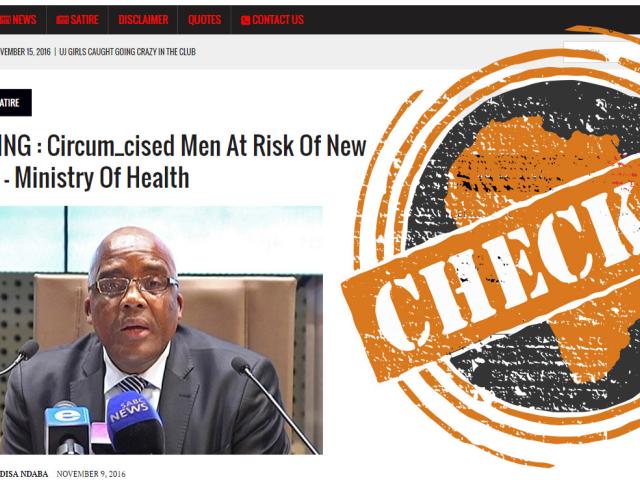
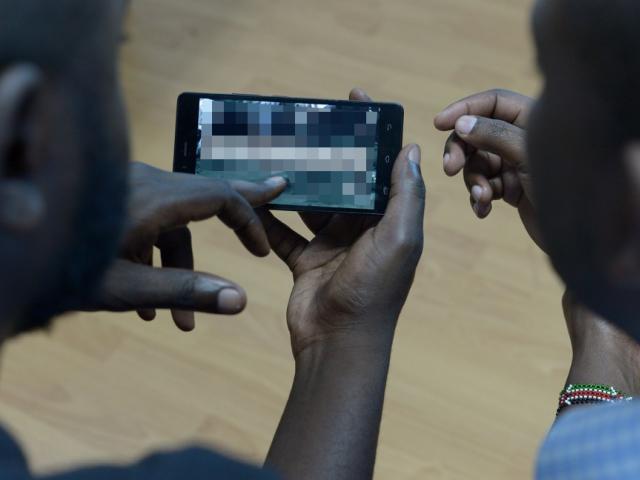

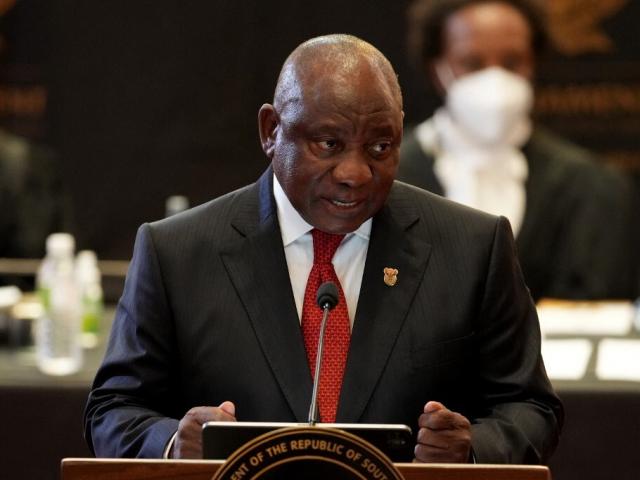
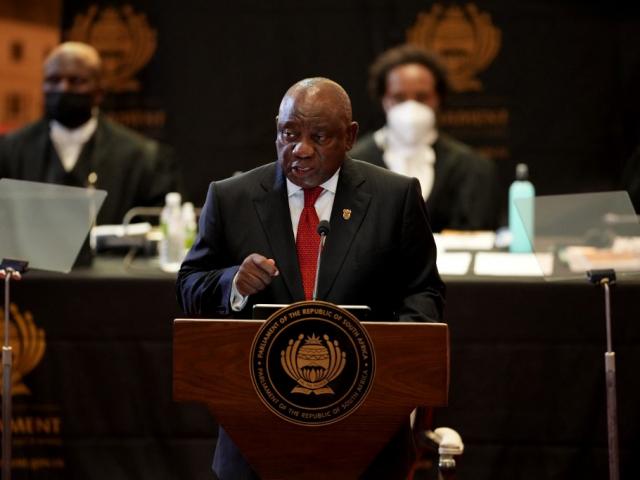
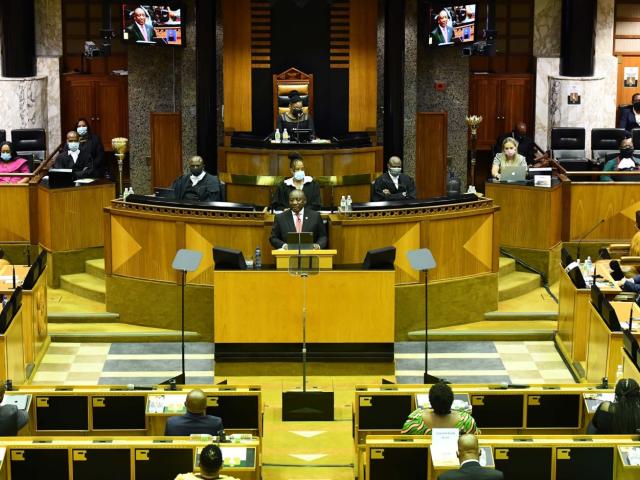
Add new comment